With bleary eyes,free video erotice romanesti the world's new giant space telescope has roused from slumber and glimpsed its "first light," the initial step toward an ultimate goal of seeing some of the universe's "first light."
Huh?
When it comes to the profoundly powerful James Webb Space Telescope, the terminology can be downright dizzying, especially when astronomers use the phrase "first light" twice in the same breath to mean two different things. It's a double entendre unique to this unparalleled observatory.
"First light" means starlight has traveled through the optics of a telescope, bouncing off all its mirrors to reach its detectors for the first time. NASA confirmed Webb achieved that on Feb. 3.
"First light" is also a term cosmologists use to describe the first generation of stars formed in the universe, thought to be a period just 300 million years after the Big Bang. Once aligned and calibrated this summer, Webb is expected to see some of the oldest galaxies, over 13.5 billion light-years away.
In fact, about two decades ago, when Webb was in its infancy, astronomers dubbed it the "First Light Machine," said Marcia Rieke, principal investigator for the Near Infrared Camera aboard Webb. The nickname came from the telescope's main purpose: to look back in time and see the origins of the universe.
But scientists decided the name "First Light Machine" was a bit of a stretch, overselling the observatory's capability.
"We kind of had to get away from that moniker because the very first light would be a star," Rieke told Mashable. "You need a telescope 20 miles across to detect the first single star."
NASA surprised the astronomy community by releasing a first-light picture Friday. Its subject HD84406, an isolated sunlike star just 260 light-years away, is a relatively close neighbor to Earth. This was not the awesome, jaw-dropping spectacle the space agency has promised for years. Rather, the frame showed 18 random, blurry golden spots — some stretched and distorted into jelly beans, some ghostly apparitions — each a copy of the same star.
 The James Webb Space Telescope sees its first light of HD84406 in each of its 18 mirrors. Credit: NASA
The James Webb Space Telescope sees its first light of HD84406 in each of its 18 mirrors. Credit: NASA Relax, though. That doesn't mean the telescope is broken, like a problem discovered with the Hubble Space Telescope, its legendary predecessor. It will take months to tune up Webb's mirrors and instruments to perfection.
HD84406 can be found in the constellation Ursa Major. The star is a little too faint to see with the naked eye on Earth — a person needs binoculars to catch a glimmer — but it's a bright object for Webb to fix its gaze on. In about four months, the 18 mirrors should be fully aligned, able to make the star look like one, clear star.
 The James Webb Space Telescope focused on HD84406, a sunlike star near the bear's head in the constellation Ursa Major. Credit: Universal History Archive / Universal Images Group / Getty Images
The James Webb Space Telescope focused on HD84406, a sunlike star near the bear's head in the constellation Ursa Major. Credit: Universal History Archive / Universal Images Group / Getty Images "The first images are going to be ugly," said Jane Rigby, a project scientist. "It's like we have 18 mirrors that are right now little prima donnas, all doing their own thing, singing their own tune in whatever key they're in, and we have to make them work like a chorus."
Each mirror segment is functioning like its own telescope now, explained Lee Feinberg, Webb's optical telescope manager. The team needs to match the images within nanometers. For perspective, if the primary mirror were the size of the United States, each of the 18 segments would be the size of Texas, requiring the team to match them up with an accuracy of about 1.5 inches.
 HD84406, an isolated sunlike star found in the constellation Ursa Major, taken by the Sloan Digital Sky Survey. Credit: Sloan Digital Sky Survey, via Aladin
HD84406, an isolated sunlike star found in the constellation Ursa Major, taken by the Sloan Digital Sky Survey. Credit: Sloan Digital Sky Survey, via Aladin It's too early to say there's definitely not a flaw in Webb's mirrors, Feinberg said, but so far things look normal.
NASA took a sharp left turn in its plans with Friday's rollout of the "first light" image. In earlier conversations with reporters, Webb scientists and managers said they would hold back pictures until the summer because the test pictures are notoriously bad. It's not the first impression they want to make.
 The Hubble Space Telescope saw its first light three decades ago. Credit: Left: E. Persson (Las Campanas Observatory, Chile) / Observatories of the Carnegie Institution of Washington; Right: NASA / ESA / STScI
The Hubble Space Telescope saw its first light three decades ago. Credit: Left: E. Persson (Las Campanas Observatory, Chile) / Observatories of the Carnegie Institution of Washington; Right: NASA / ESA / STScI Perhaps the space agency didn't want to repeat history: When NASA presented the first Hubble picture 32 years ago, the masses were underwhelmed. A photo of HD96755, a binary star 1,300 light years away, was a pixelated black-and-white smudge, barely better than a picture taken by a telescope on the ground in Chile.
"We want to make sure that the first images that the world sees, that humanity sees from this telescope, do justice to this $10 billion telescope," and aren't a "boring" star, Rigby said of Webb.
"For someone who's worked on a project for 22 years, to see the light come through, it is beautiful."
Contrary to previous remarks, NASA delivered early. Patrick Lynch, a spokesman for the agency, said NASA never made a formal decision on whether to release alignment images. The first science photos won't come until the summer, but there will be "more updates" along the way, he noted.
Whether to make the first-light picture public was hotly debated, Rieke told Mashable: Though the space agency wants to be transparent about the fine-tuning process, some feared people would be reasonably crestfallen. Scientists, on the other hand, felt more than mere relief when Webb successfully collected HD84406's photons.
SEE ALSO: Looking for new James Webb telescope pictures? You'll have to wait."For someone who's worked on a project for 22 years, to see the light come through, it is beautiful," Rieke said.
The fuzzy picture might not be a disappointment after all.
On a subreddit about the telescope, the news that Webb had detected light from the star amazed user @I_love_limey_butts.
"So awesome! Just imagine some alien life forms 250 light-years away using oursun for system's calibration lol."
 Kindle Rewards double points day: Here's how it works
Kindle Rewards double points day: Here's how it works
 On Uncle Vanya: Part 1 by Clancy Martin
On Uncle Vanya: Part 1 by Clancy Martin
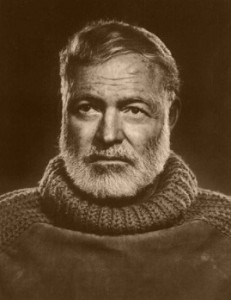 Translating, Restoring, Interring by The Paris Review
Translating, Restoring, Interring by The Paris Review
 Watch: Dorothy Parker “Reads” by Sadie Stein
Watch: Dorothy Parker “Reads” by Sadie Stein
 Best free online courses from MIT
Best free online courses from MIT
 Tonight! Join Us at the Strand by The Paris Review
Tonight! Join Us at the Strand by The Paris Review
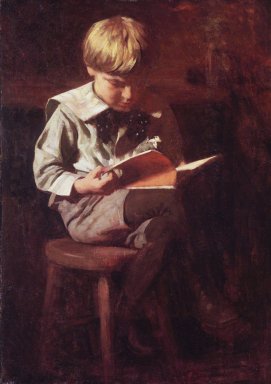 Dear Paris Review, Where Do I Publish? by Lorin Stein
Dear Paris Review, Where Do I Publish? by Lorin Stein
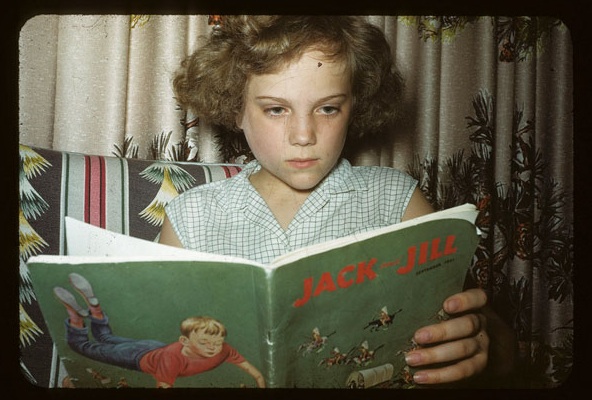 Reading Children, Posthumous Novels by Sadie Stein
Reading Children, Posthumous Novels by Sadie Stein
 Best Apple Pencil Pro deal: Save $30 at Best Buy
Best Apple Pencil Pro deal: Save $30 at Best Buy
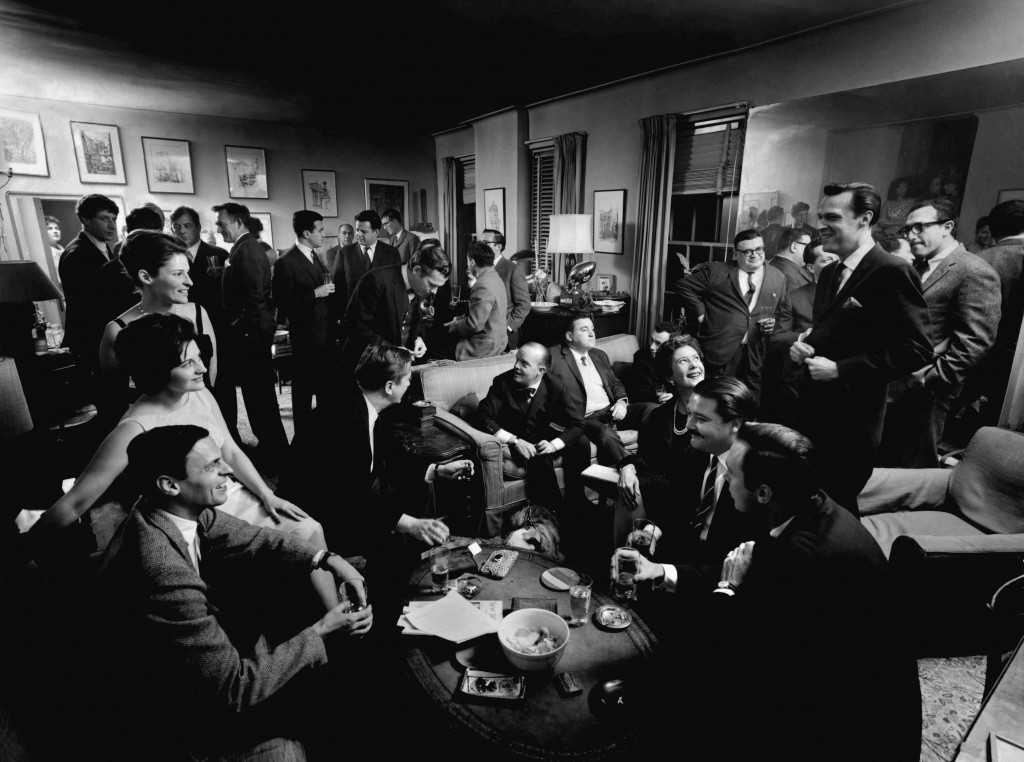 The Making of Plimpton! by Tom Bean and Luke Poling
The Making of Plimpton! by Tom Bean and Luke Poling
 FIFA and Netflix strike a deal on FIFA Women's World Cup streaming
FIFA and Netflix strike a deal on FIFA Women's World Cup streaming
 50 Shades of Wednesday by The Paris Review
50 Shades of Wednesday by The Paris Review
 A League of Their Own by Margaret Eby
A League of Their Own by Margaret Eby
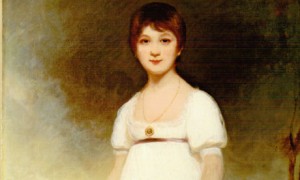 Salinger Foods, Austen Portraits by The Paris Review
Salinger Foods, Austen Portraits by The Paris Review
 CES 2025: 7 AI
CES 2025: 7 AI
 See You There: Paris Review at the Strand, Tomorrow! by Sadie Stein
See You There: Paris Review at the Strand, Tomorrow! by Sadie Stein
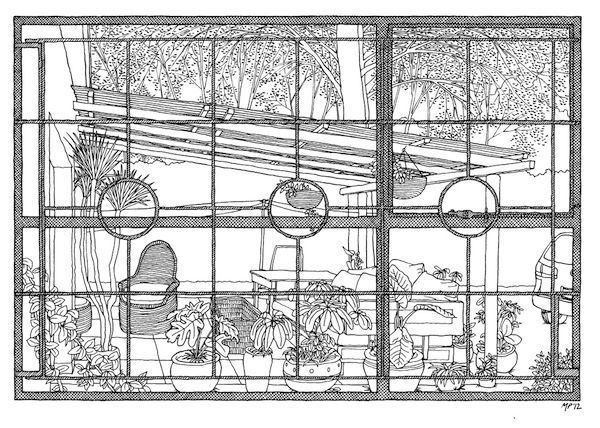 Binyavanga Wainaina, Nairobi, Kenya by Matteo Pericoli
Binyavanga Wainaina, Nairobi, Kenya by Matteo Pericoli
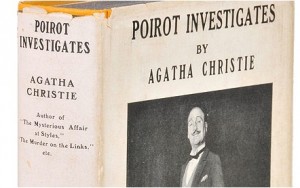 Fake Books, Real Books, and YA Austen by The Paris Review
Fake Books, Real Books, and YA Austen by The Paris Review
 Today's Hurdle hints and answers for December 25
Today's Hurdle hints and answers for December 25
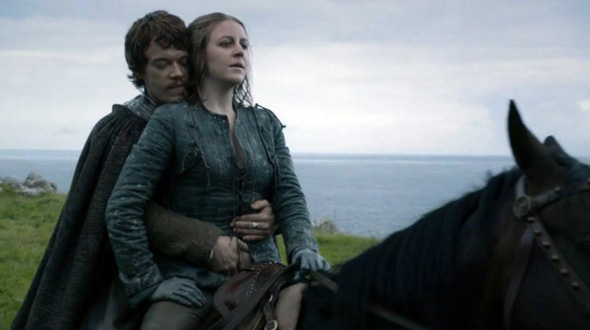 Coitus More Ferarum in Game of Thrones (NSFW)
Coitus More Ferarum in Game of Thrones (NSFW)
How to store sex toysXiaomi reportedly developing its own OS · TechNodeBest smart home deal: Get $30 off the Ecobee Smart Thermostat Premium at AmazonTwitch will roll out its TikTok6 damning conclusions from the UN's special climate reportSunday's Fat Bear Week match pits two fat favorites against each otherTikTok for Business: Everything you need to knowiFlytek poised to launch GPTDay 1 of Fat Bear Week pits a former champion against a young upstartMeizu 20 Pro customized version launched, features smart car key · TechNodeBest smart home deal: Get $30 off the Ecobee Smart Thermostat Premium at AmazonOnline leaks prompt Huawei to sell new satellite phone early · TechNodeStellantis mulls partnership with Chinese EV maker Leapmotor: report · TechNodeThe M3 MacBook Air is on sale for a record low priceNio CEO says EV firm’s forthcoming phone is comparable with Android flagship devices · TechNodeSaturday's Fat Bear Week voting pits a bully against a chunky favoriteGeely’s Zeekr tops J.D. Power ranking of EV customer satisfaction in China · TechNodeBest headphones deal: The JLab JBuds Lux ANC headphones are 13% off at AmazonChinese Q&A platform Zhihu makes RMB 2.04 billion in the first half of 2023 · TechNodeAlibaba Cloud launches open source Large Vision Language Model Qwen Disney Star Wars hotel won't be the most relaxing place in the galaxy This app will tell you when a pregnant woman needs a subway seat Hey Gen Z, this is a pager, and in the '90s they were everywhere Is swallowing gum bad for you? Asking for a friend (Sean Spicer) Hacked sites attacked thousands of iPhones every week for years using undiscovered exploits HBO's Los Espookys is the best comedy you may have missed this summer Press secretary Sean Spicer had some real problems with 'Daft Funk' back in 2014 Scamming in 'World of Warcraft' taught me teenage confidence Twitter proves Adidas Superstars still dominate fashionable footwear Half an onion desperately wants to get more Twitter followers than Donald Trump 'Astral Chain' packs top The one photo that shows exactly why women are fighting Trump Public Works' Hercules should have Disney very, very excited Apple's Sept. 10 event: What to expect from the 'iPhone 11' Watch ominous Hurricane Dorian churn over the ocean 'IT Chapter Two' brings the Losers saga to a satisfying finish: Review Review: 'Blair Witch' video game is an aimless missed opportunity 'Steven Universe: The Movie' admits Rose has been a villain all along Everything to remember from 'It' before seeing 'IT Chapter Two' What it's really like being the other woman in an affair
3.2185s , 10222.2421875 kb
Copyright © 2025 Powered by 【free video erotice romanesti】,Unobstructed Information Network